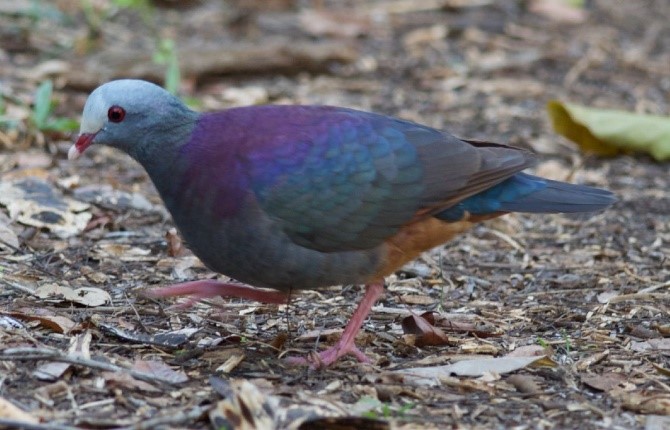Birdfinding.info ⇒ This exquisite species is uncommon, local, shy, and declining, but it is still easily seen at Vermejas Wildlife Refuge, where a few regularly come into the open to feed on grain provided by the staff. It may be found anywhere in the Zapata Swamp area, and occasionally along trails at Viñales and La Güira National Parks and the Sierra del Rosario Biosphere Reserve.
Gray-fronted Quail-Dove
Geotrygon caniceps
Endemic to Cuba. Formerly occurred throughout Cuba, but now mostly confined to the Zapata Swamp and adjacent woodlands, the mountains of Pinar del Río and Artemisa, and the southeastern mountains (mainly in the Sierra Maestra and Alejandro de Humboldt National Park).
Identification
Slaty-gray overall with a pearl-gray head, whitish forehead, cinnamon vent, and iridescent upperparts. In optimal lighting it shines maroon on the mantle, violet on the back, greenish on the wings, and blue on the lower back and rump.
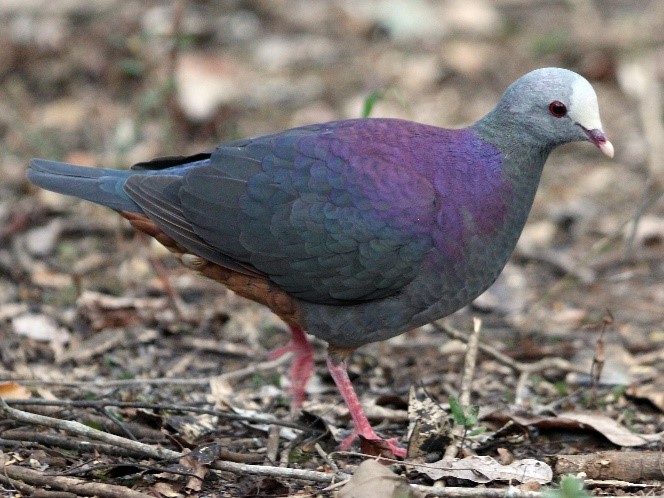
Gray-fronted Quail-Dove. (Bermejas Wildlife Refuge, Matanzas, Cuba; March 6, 2018.) © Christoph Moning
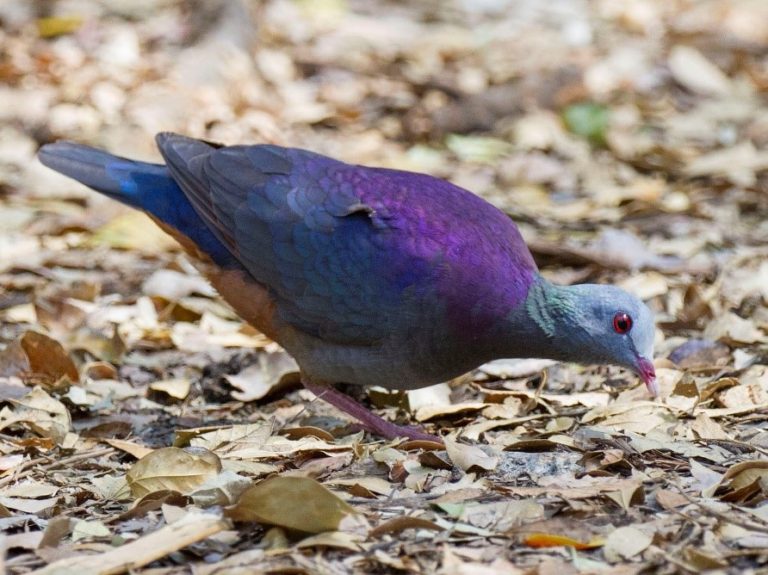
Gray-fronted Quail-Dove, showing vivid iridescent coloration on the upperparts. (Soplilllar, Matanzas, Cuba; March 30, 2017.) © Kristof Zyzkowski
The eye is scarlet and the bill is bicolored: red at the base with a whitish tip.
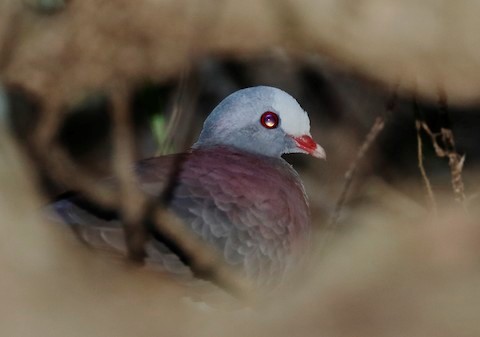
Gray-fronted Quail-Dove, close-up of scarlet eye and bicolored bill. (Soplilllar, Matanzas, Cuba; March 4, 2017.) © Timo Mitzen
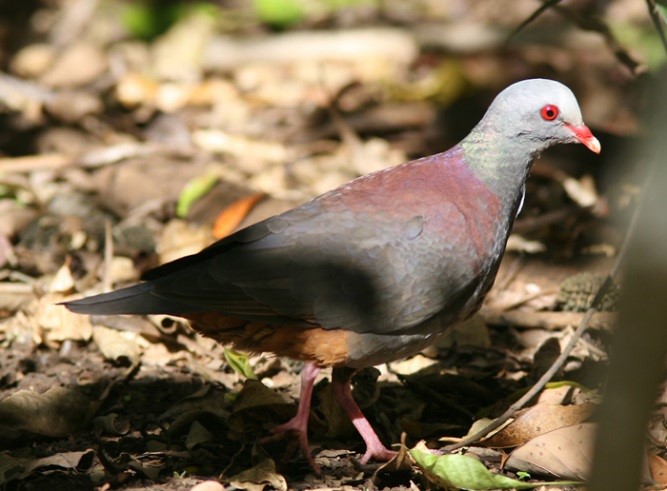
Gray-fronted Quail-Dove, with strong light catching its scarlet eye. (La Ceiba, Matanzas, Cuba; April 5, 2008.) © William Price

Gray-fronted Quail-Dove. (Bermejas Wildlife Refuge, Matanzas, Cuba; March 23, 2018.) © Arco Huang
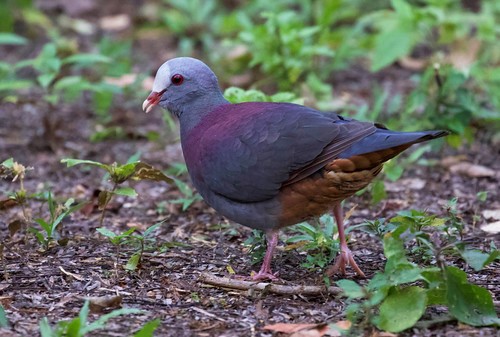
Gray-fronted Quail-Dove. (Bermejas Wildlife Refuge, Matanzas, Cuba; March 2019.) © David Ascanio

Gray-fronted Quail-Dove. (Bermejas Wildlife Refuge, Matanzas, Cuba; March 28, 2018.) © Melody Lytle
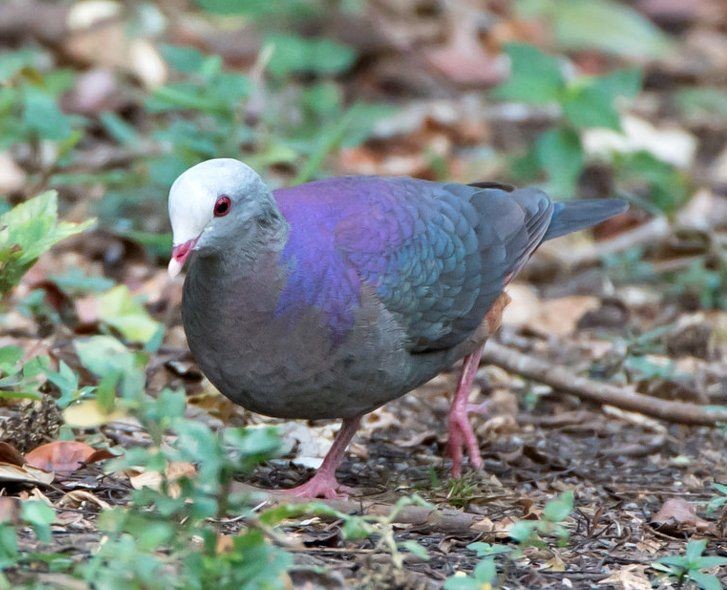
Gray-fronted Quail-Dove, in strong light. (Bermejas Wildlife Refuge, Matanzas, Cuba; February 12, 2013.) © Harold Davis

Gray-fronted Quail-Dove, in very strong light. (Calimete, Matanzas, Cuba; April 25, 2017.) © Dave Wendelken

Gray-fronted Quail-Dove, in low-angle lighting that makes the head appear all-white and highlights its scarlet eye. (Bermejas Wildlife Refuge, Matanzas, Cuba; March 22, 2013.) © Grace Oliver
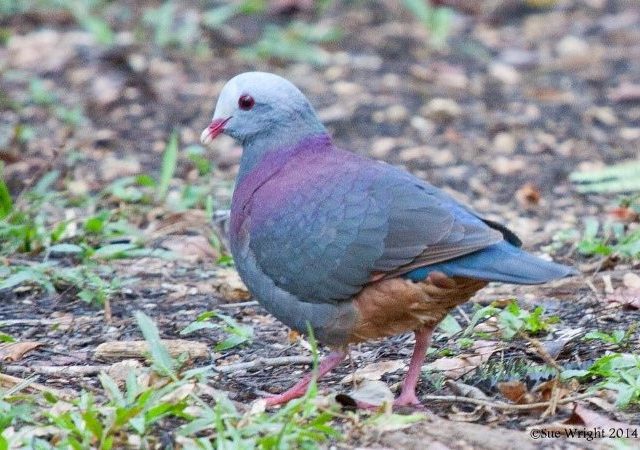
Gray-fronted Quail-Dove, in strong light. (Bermejas Wildlife Refuge, Matanzas, Cuba; March 15, 2014.) © Sue Wright

Gray-fronted Quail-Dove, in neutral light. (Soplillar, Matanzas, Cuba; February 1, 2016.) © Dušan M. Brinkhuizen
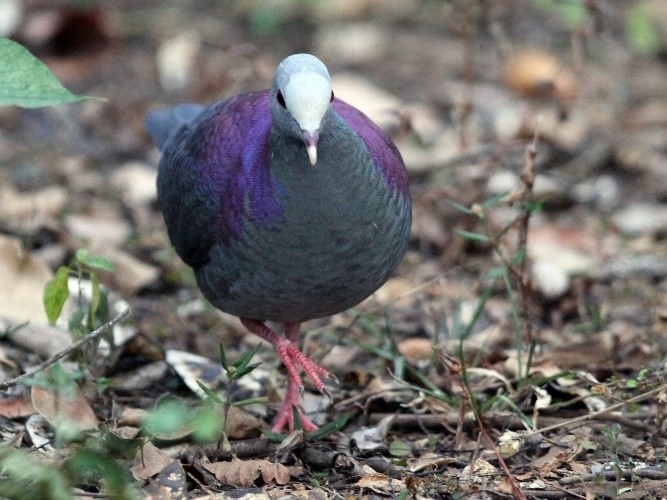
Gray-fronted Quail-Dove, frontal view. (Bermejas Wildlife Refuge, Matanzas, Cuba; March 6, 2018.) © Christoph Moning

Gray-fronted Quail-Dove, in neutral light. (Playa Larga, Matanzas, Cuba; February 18, 2017.) © Shelia Hargis
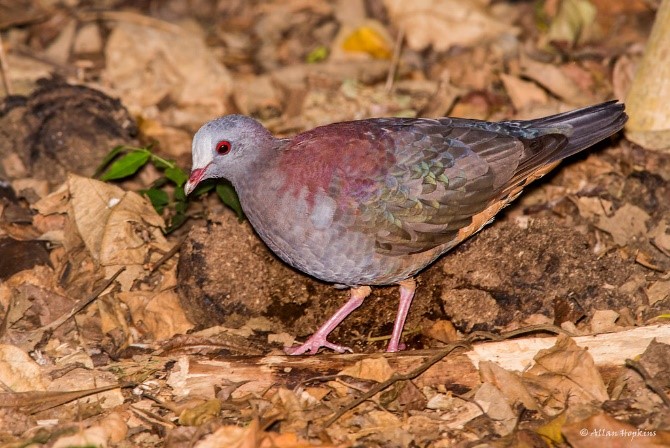
Gray-fronted Quail-Dove, illuminated by a flash. (Soplillar, Matanzas, Cuba; March 29, 2015.) © Allan Hopkins
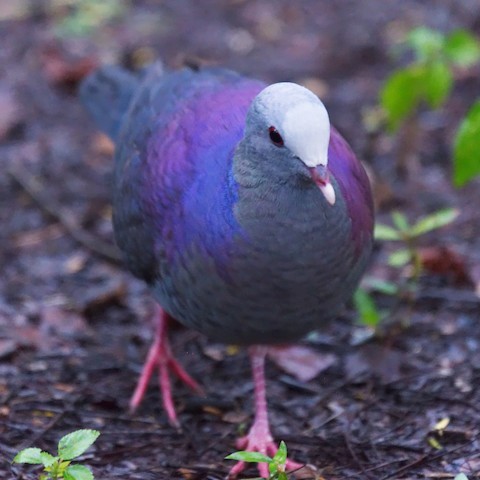
Gray-fronted Quail-Dove, frontal view. (Bermejas Wildlife Refuge, Matanzas, Cuba; March 27, 2019.) © Forrest Rowland
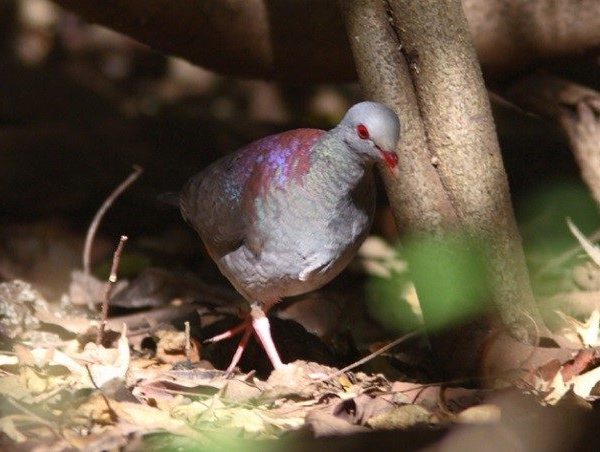
Gray-fronted Quail-Dove, frontal view in strong light. (La Ceiba, Matanzas, Cuba; April 5, 2008.) © William Price

Gray-fronted Quail-Dove. (Bermejas Wildlife Refuge, Matanzas, Cuba; April 7, 2014.) © Greg Griffith

Gray-fronted Quail-Dove, perched to sing. (Playa Larga, Matanzas, Cuba; January 29, 2018.) © Clive Daelman
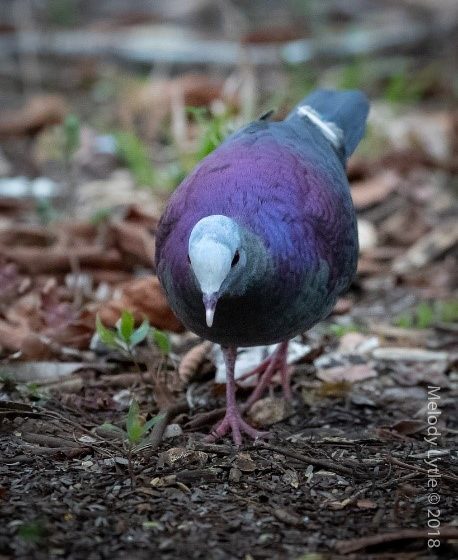
Gray-fronted Quail-Dove, frontal view. (Bermejas Wildlife Refuge, Matanzas, Cuba; March 28, 2018.) © Melody Lytle

Gray-fronted Quail-Dove, showing the subtle variations in its iridescent coloration. (Bermejas Wildlife Refuge, Matanzas, Cuba; February 12, 2013.) © Harold Davis
Immatures resemble adults but with some brown feathers and less iridescence.
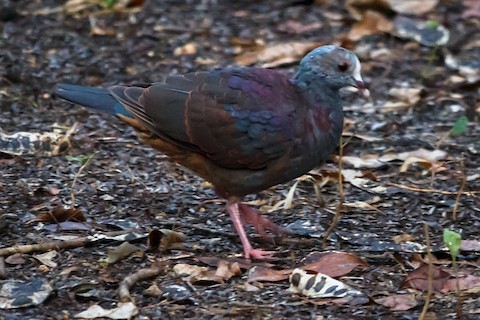
Gray-fronted Quail-Dove, immature. (Bermejas Wildlife Refuge, Matanzas, Cuba; February 8, 2017.) © Carol Rose
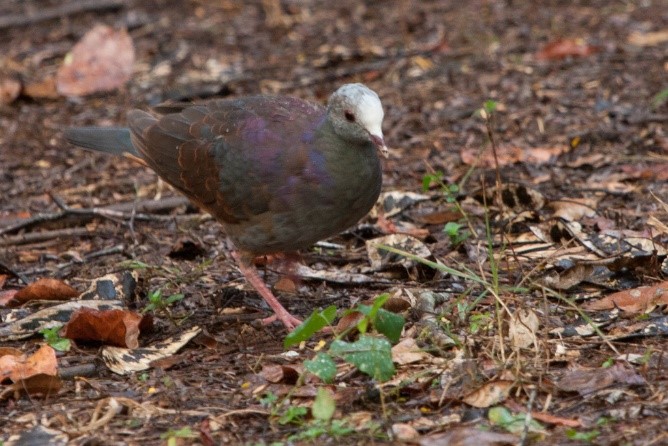
Gray-fronted Quail-Dove, immature. (Bermejas Wildlife Refuge, Matanzas, Cuba; February 18, 2017.) © Colin D. Jones
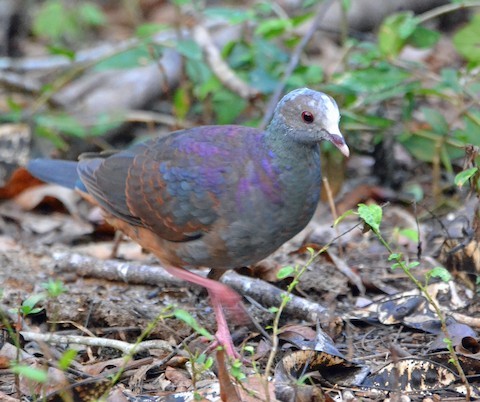
Gray-fronted Quail-Dove, immature. (Bermejas Wildlife Refuge, Matanzas, Cuba; February 8, 2017.) © Michael J. Good
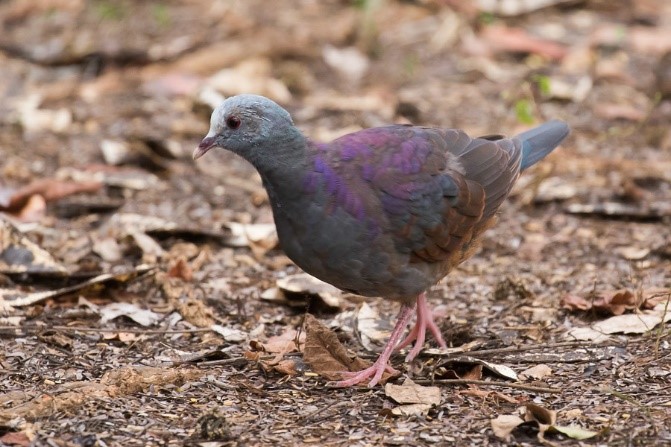
Gray-fronted Quail-Dove, immature. (Bermejas Wildlife Refuge, Matanzas, Cuba; February 21, 2017.) © Jukka Jantunen
Notes
Monotypic species. Formerly considered conspecific with White-fronted Quail-Dove.
IUCN Red List Status: Vulnerable.
References
Baptista, L.F., P.W. Trail, H.M. Horblit, P. Boesman, G.M. Kirwan, and C.J. Sharpe. 2019. Grey-headed Quail-dove (Geotrygon caniceps). In Handbook of the Birds of the World Alive (J. del Hoyo, A. Elliott, J. Sargatal, D.A. Christie, and E. de Juana, eds.). Lynx Edicions, Barcelona. https://www.hbw.com/node/54245. (Accessed September 9, 2019.)
BirdLife International 2016. Geotrygon caniceps. The IUCN Red List of Threatened Species 2016: e.T22729904A95022776. http://dx.doi.org/10.2305/IUCN.UK.2016-3.RLTS.T22729904A95022776.en. (Accessed September 9, 2019.)
eBird. 2019. eBird: An online database of bird distribution and abundance. Cornell Lab of Ornithology, Ithaca, N.Y. http://www.ebird.org. (Accessed September 9, 2019.)
Garrido, O.H, and A. Kirkconnell. 2000. Field Guide to the Birds of Cuba. Cornell University Press, Ithaca, N.Y.
Gibbs, D., E. Barnes, and J. Cox. 2001. Pigeons and Doves: A Guide to the Pigeons and Doves of the World. Yale University Press, New Haven, Connecticut.
Navarro, N. 2015. Field Guide to the Endemic Birds of Cuba. Ediciones Nuevos Mundos, St. Augustine, Florida.
Raffaele, H., J. Wiley, O. Garrido, A. Keith, and J. Raffaele. 1998. A Guide to the Birds of the West Indies. Princeton University Press, Princeton, N.J.
